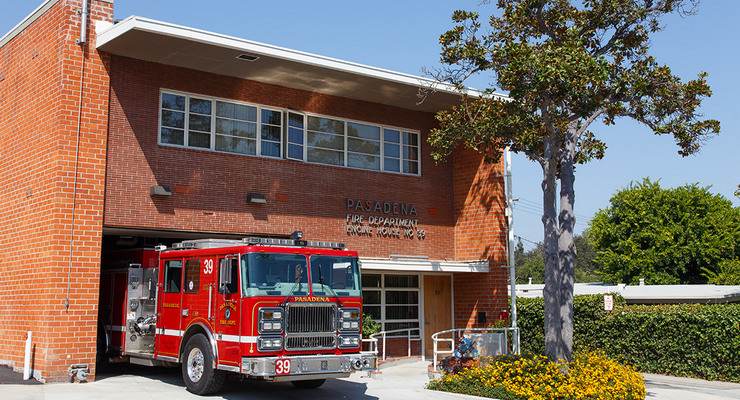
A group of curious Caltech scientists are looking to other planets in our solar system and beyond in order to learn more about the cosmic history of Earth, and potentially its future.
The recently formed Caltech Center for Comparative Planetary Evolution, or 3CPE, brings together experts from an array of different fields to study how planetary systems work, according to the institution..
“The goal of the 3CPE is to merge the fields of astronomy, geology, and biology to explore the origin and evolution of planetary systems and their biospheres. Addressing these questions requires research and insight which crosses traditional discipline boundaries,” Caltech said in a written statement.
“The 3CPE will be a catalyst for driving collaborations and forming a community spanning these disciplines,” according to the statement. “We will seed innovative partnerships bridging fields, provide opportunities for young scientists to expand their training into new areas, and help to develop a common culture linking these often well-separated disciplines.”
Rather than occupying a building on campus, the center is operated in a virtual format, said 3CPE Director and Caltech Professor of Planetary Astronomy Mike Brown.
The first Planetary Science Department was founded at Caltech in the 1960s, he said.
“What we have learned over the course of those now nearly 50 years is that the way to make progress on understanding, in particular, the earliest history of the earth, and the way that our entire planetary system got here, is by looking at other planets to try to compare: Why? Why is the Earth this way? Why is Mars this way? Why is Venus this way?”
In recent decades, advances in science have allowed scientists to study planets orbiting other stars, or expoplanets, Brown added.
“We can now look at planets throughout the galaxy, planetary systems throughout the galaxy, and start to ask the question not just, ‘Why are we here on Earth?’ but, ‘Why is the Earth here?’ ‘Why is there even a solar system here?’” he said. “And we can compare that to other planetary systems and really understand our entire context of how we fit in with the galaxy and with the universe.”
The researchers are working to answer some of “the big questions,” according to Brown.
“This is why this new center is both a compelling thing for people to want to work in, but also just fun and exciting,” he said. “And I’m just as excited as can be to work in this area.”
Our neighbors Mars and Venus could have a lot to teach us about our own planet’s past, and possibly shed insight on how to avoid their unfortunate fates.
Venus could have once been much different that it is today, before runaway greenhouse gases turned it into a high-pressure inferno, Brown explained.
“How we first started to even understand about climate change, about global warming, is by understanding that things like this have happened on Venus,” he said.
“Mars is believed to have once been far warmer and wetter, compared with the dusty and desolate terrain visible today. It has dried out and frozen,” Brown said. “So understanding that these planets that are all relatively closely packed together here in the solar system can go very divergent with small changes really helps us understand what we need to do to make sure that we don’t do either of those things on our own planet.”
Brown said he and his team were eagerly anticipating findings from Jet Propulsion Laboratory’s Perseverance Mars Rover, which landed on the Red Planet in February.
“The environment at Jezero Crater, where Perseverance landed, is an interesting and weird environment,” he said. “It’s an ancient river delta, and it has some interesting chemistry in it that’s unlike the chemistry on most of the Earth.”
The Earth can teach scientists about other planets, as well.
In another 3CPE endeavor, a team is planning to travel to Australia to study rocks in hopes of gaining insights into how to conduct better geology on other worlds.
“There’s a specific spot in Australia that has similar chemistry to the chemistry that’s happening in Jezero Crater,” according to Brown. “The Australia-bound team will study the Australian features to better prepare them to encounter similar samples on Mars.”
More information on the Caltech Center for Comparative Planetary Evolution can be found on the center’s website at http://cpe.caltech.edu.














 0 comments
0 comments



